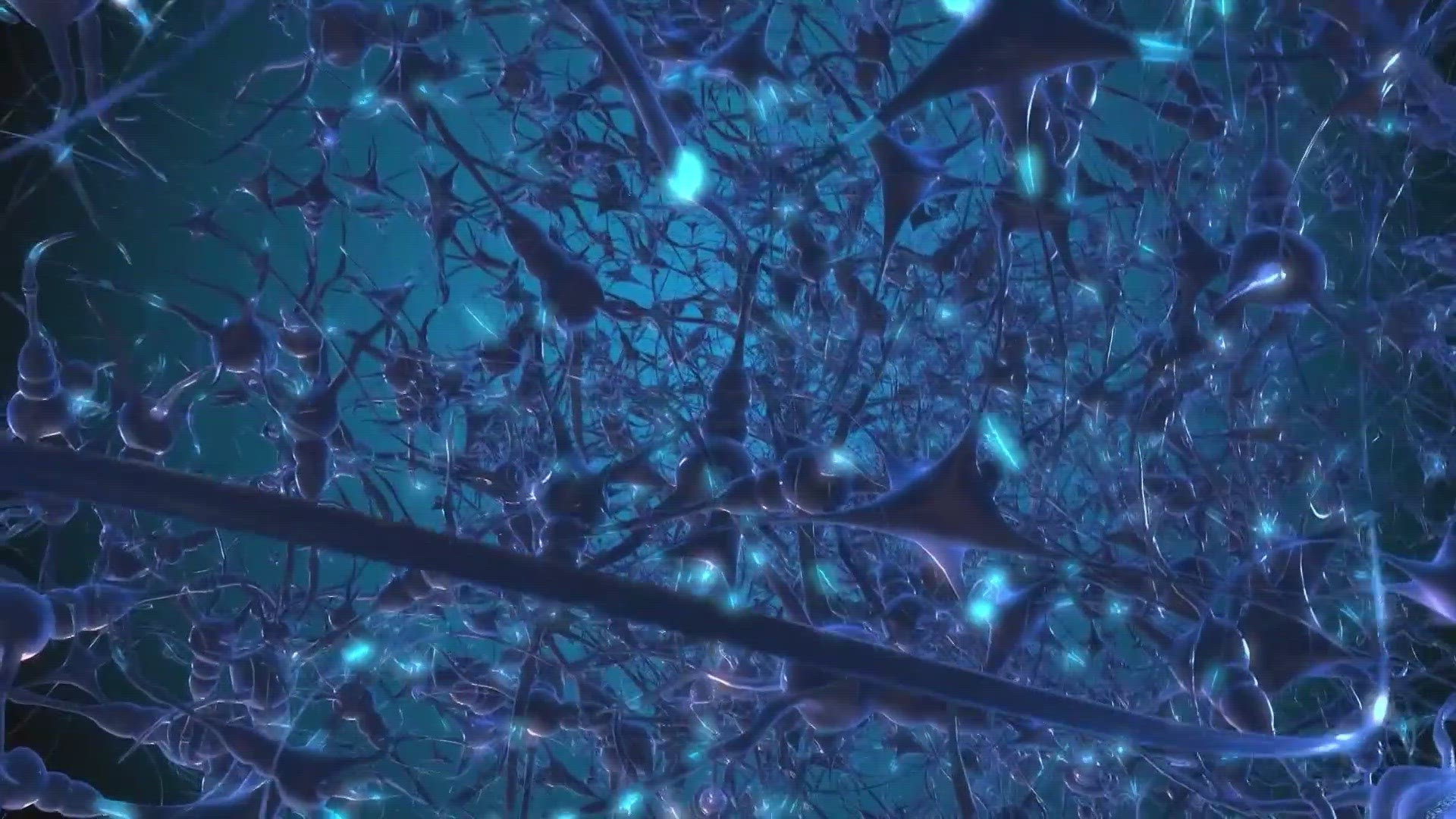SAN ANTONIO — Multiple sclerosis is one of the most widespread disabling neurological conditions of young adults worldwide. Multiple sclerosis is a disorder where the immune system attacks the nerve cells of the brain, eye, and spinal cord. To understand it better, think about the nerve an electrical wire with breaks in the insulation.
"The nerve it's exposed and now the impulses running through that nerve are affected. Either is slowed down or stopped," said Dr. Tania Reyna who is an autoimmune neurologist with University Health and Fellowship Director of the UT Health San Antonio Neurology Clinic. She says the causes are unknown but there are some common factors. Dr. Reyna added, "Vitamin D deficiency and low exposure to sunlight and smoking. And actually smoking is the most common modifiable risk factor for multiple sclerosis."
Some of the symptoms of multple sclerosis include fatigue, vision problems, numbness, tingling, or pain, muscle spasms, stiffness, or weakness, problems with thinking, or depression and anxiety. How is it diagnosed? Dr. Reyna said, "We can see the typical lesions in the brain or spinal cord. This are deletions or scars caused by the attacks of inflammation. That's why it's called multiple sclerosis."
An estimated 2.5 million people live with MS around the globe. A recent study by the National MS Society estimated about one million people in the United States are living with MS. About 200 new cases are diagnosed each week here in the U.S.
About 90 percent of patients have what is called relapsing multiple sclerosis. Dr. Reyna said, "You can have another relapse pretty soon after the first one or years after the first relapse. That is that's why it's important to be on medication to try to prevent those relapses."
You can develop M.S. at any age, but most people are diagnosed between 20 and 50 years old. Dr. Reyna says once a person is diagnosed it is important to be proactive. She told us, "Try to start a create your your team of physicians or a therapist that can allow you to tackle your symptoms early on and be engaged."
And the disease is treatable. Dr. Reyna added, "M.S. Treatment has greatly advanced over the last 20 years. We need to keep in mind that M.S. is the number one cause of non traumatic disability in the young population, so treating it early is important. Secondly, have a team of a medical team to address not only the disease itself but the symptom management. Some of the patients are going to require physical therapy, occupational therapy, speech therapy, nutritional guidance, psychiatric help. Right. Making some small changes in the daily activities, that's important. For example, increasing fruit and vegetables, incorporating fresh foods, trying to cook more at home so we have a better diet. It is very important to keep our minds active and have a get involved and support groups in a live or a online it to try to have a better quality of life overall."
University Health is a sponsor of Walk MS, which is being held this Saturday the 28th at Texas A&M San Antonio. For more information about it and to sign up head to the National Multiple Sclerosis Society here.
If you would like to see more of our Wear The Gown stories just head to our website.

